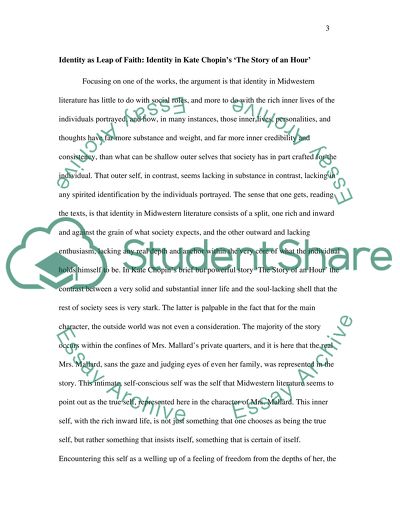Cite this document
(“Identity in Midwest literature Essay Example | Topics and Well Written Essays - 1250 words”, n.d.)
Retrieved from https://studentshare.org/literature/1608059-identity-in-midwest-literature
Retrieved from https://studentshare.org/literature/1608059-identity-in-midwest-literature
(Identity in Midwest Literature Essay Example | Topics and Well Written Essays - 1250 Words)
https://studentshare.org/literature/1608059-identity-in-midwest-literature.
https://studentshare.org/literature/1608059-identity-in-midwest-literature.
“Identity in Midwest Literature Essay Example | Topics and Well Written Essays - 1250 Words”, n.d. https://studentshare.org/literature/1608059-identity-in-midwest-literature.


